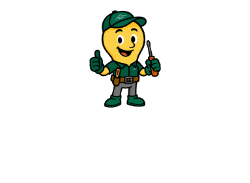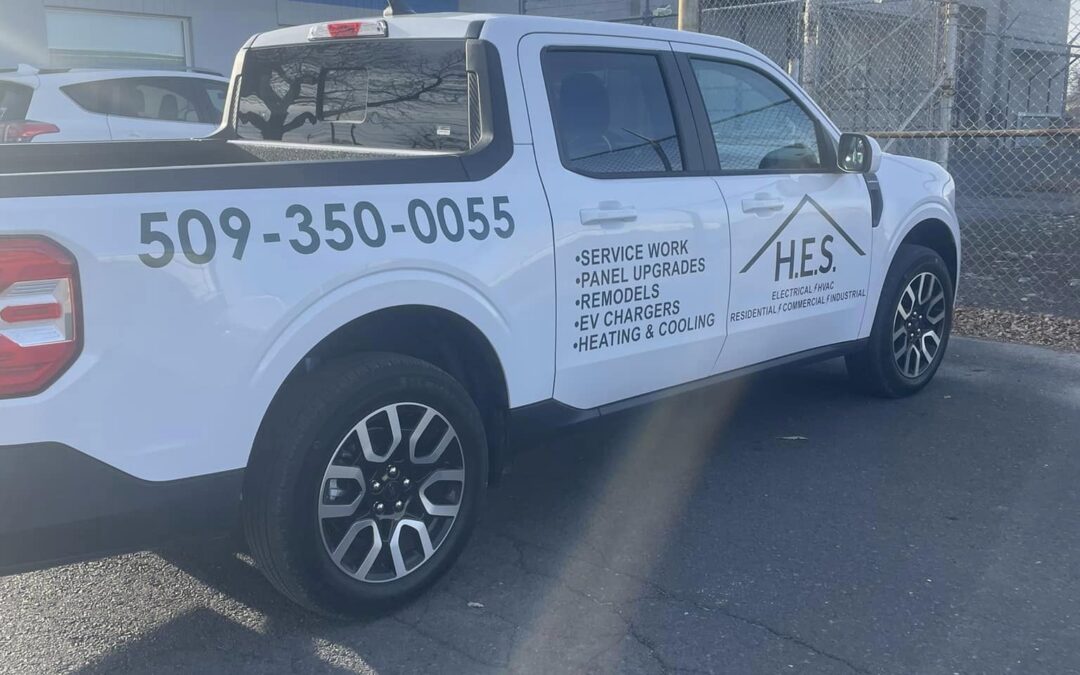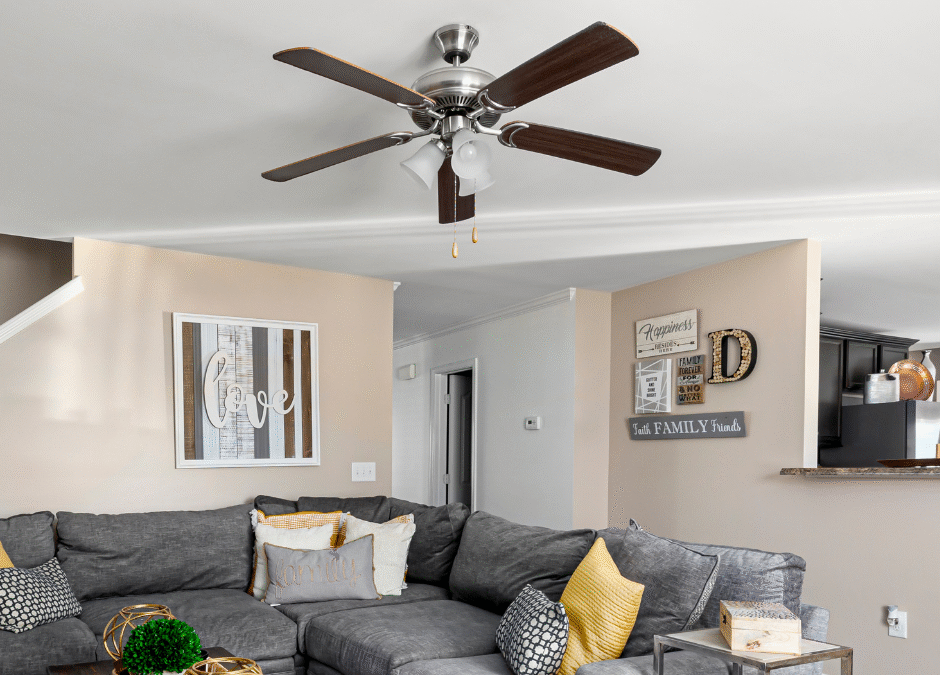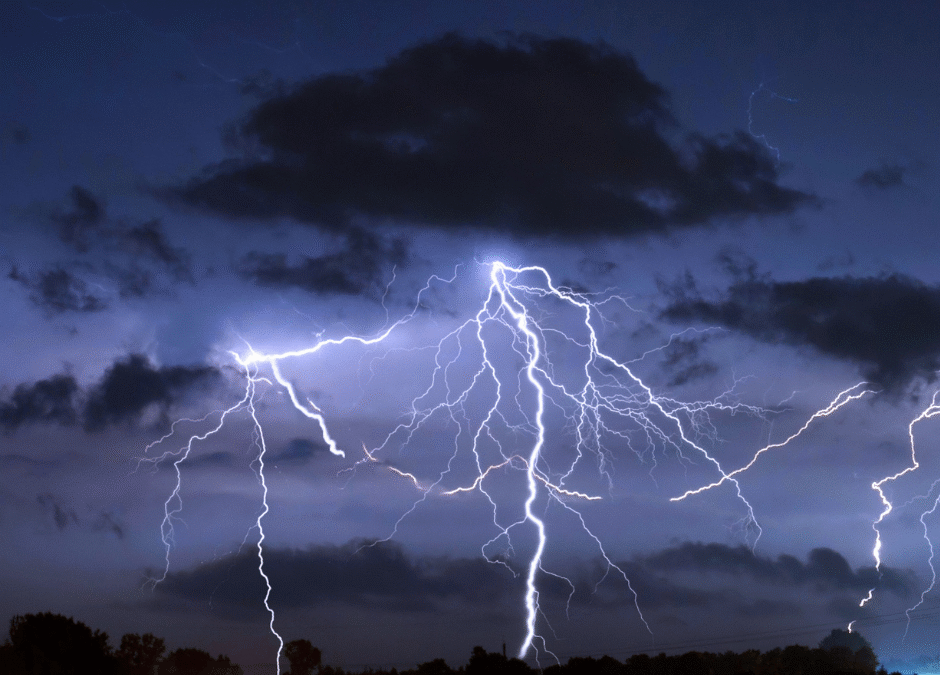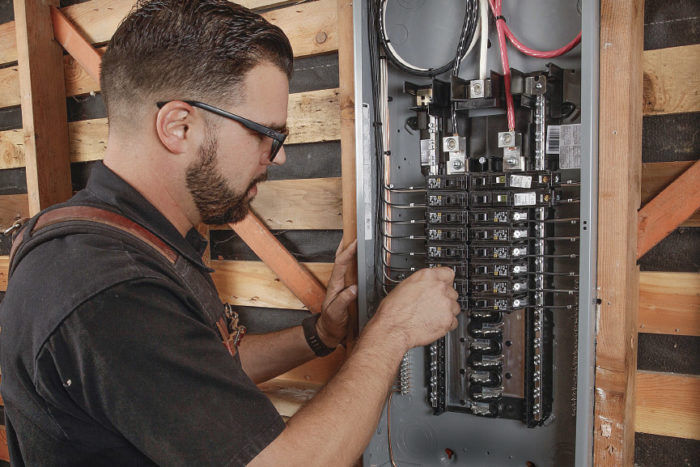By the time the Spokane River Festival wraps up each Memorial Day weekend, the Inland Northwest afternoons are already nudging the upper 70s—and your phone’s weather app is flashing amber “high UV index” warnings. June will spike into the mid-80s, wildfire haze can trap extra heat, and you don’t want the first true scorcher to reveal that your air-conditioning system took the winter off a little too seriously.
As the certified technicians at Home Electrical Services (H.E.S.) know all too well, May is “limbo month” for HVAC: not quite spring, not quite summer, and exactly the right moment to run a top-to-bottom tune-up. In the next 1,600-plus words, you’ll learn:
- Why Spokane’s late-spring climate is brutal on neglected AC units
- How a professional tune-up pays for itself in lower power bills and longer equipment life
- Seven critical tasks—backed by manufacturer warranty requirements—you should complete before June 1
- When to DIY, when to call a pro, and how to snag energy-efficiency rebates from Avista Utilities
- Where to find step-by-step checklists, cooling-efficiency tips, and easy scheduling with our service team
Spokane’s Sneaky Spring Heat: Why May Matters
Temperature swings stress compressors
Inland Northwest springs are famous for 40 °F mornings and 75 °F afternoons. That daily thirty-degree swing means your HVAC system starts the day in heat-pump mode, idles through lunch, and then flips to full-tilt cooling by happy hour. Rapid cycling accelerates wear on compressors, fan motors, and capacitors—especially if dust and pollen have built a winter blanket on the coils.
Pollen, cottonwood fluff, and wildfire ash
Beginning mid-May, local cottonwoods release fluffy seeds that clog outdoor condenser fins almost as efficiently as dryer lint plugs a vent screen. Add pine pollen and (some years) early wildfire particulates, and your system can lose up to 30 percent of its heat-exchange efficiency before you’ve even turned down the thermostat.
Energy-rate changes kick in June 1
Avista’s summer rate schedule starts the first full billing cycle in June. A dirty system can add 15–20 percent to your kWh draw—meaning you might overpay on every bill through September if you let May slip by.
Bottom line: A late-May tune-up is your cheapest insurance against high utility bills and midsummer breakdowns.
AC Anatomy 101: Why Each Tune-Up Task Counts
Your central air conditioner (or heat-pump in cooling mode) is a closed refrigeration loop. The indoor evaporator coil absorbs heat from return air; the outdoor condenser coil expels that heat into the environment. Between them run a compressor, a metering device, and miles of wiring, relays, and safety switches. Dirt, loose terminals, or low refrigerant throw the whole system out of balance—raising pressures, spiking amperage draw, and shortening component lifespan.
Manufacturers such as Trane, Lennox, and Carrier require documented annual maintenance to keep 10- and 12-year warranties valid. Missing a tune-up can void claims on expensive parts. Even if your system is past warranty, preventive maintenance can delay a $10,000 replacement by several seasons.
The Seven Must-Do Pre-Summer Tasks (and How We Perform Them)
1. Replace—or Upgrade—Your Filter
Why it matters: A clogged return filter forces the blower to pull harder, reducing airflow, freezing coils, and wasting electricity.
DIY or pro? Easy DIY. Buy a MERV-8 pleated filter for typical homes; go MERV-11 if allergies are an issue (but never hip-shoot to MERV-16 without a blower sizing check). Replace every four to six weeks through wildfire season.
2. Deep-Clean the Outdoor Condenser Coils
Why it matters: Just ⁄ ¹₁₆-inch of dirt can cut a coil’s heat-transfer efficiency in half. That raises head pressure, driving up compressor amperage and shortening its life.
DIY or pro? Light rinsing is DIY-friendly, but a professional coil-cleaner foaming solution is best. We remove the fan shroud, shield the electricals, apply alkaline foam, gently rinse, then comb bent fins.
3. Check Refrigerant Charge and Superheat
Why it matters: Both over- and under-charging sap efficiency and can overheat the compressor. EPA regulations also penalize leaks.
DIY or pro? Pro only. Our techs attach digital gauges, verify subcooling/superheat targets from the data plate, and add or recover R-410A as needed.
4. Tighten Electrical Connections and Test Capacitors
Why it matters: Spokane’s freeze-thaw cycles loosen screw terminals; high-draw start-ups arc across gaps, pitting lugs and tripping breakers. Weak capacitors mimic “dead” compressors.
DIY or pro? Pro recommended. We torque lugs to spec, measure capacitor µF, and replace if more than 10 percent below rating.
5. Flush the Condensate Drain and Inspect the Pan
Why it matters: Algae clogs cause water overflow that can short safety switches or soak drywall.
DIY or pro? DIY with bleach/vinegar, but techs use compressed-nitrogen blasts and install float switches for extra security.
6. Calibrate Your Thermostat (and Consider Smart Upgrades)
Why it matters: A thermostat reading 3 °F high can cycle the compressor 30 minutes longer each day in June. Smart models save 8–12 percent by adapting runtimes.
DIY or pro? Calibration is DIY if you own a precise thermometer; wiring a new Wi-Fi thermostat is often best left to H.E.S., especially if you lack a C-wire.
7. Measure Airflow and Inspect Duct Seals
Why it matters: Leaks and undersized returns waste up to 25 percent of cooled air.
DIY or pro? Pro. We use a manometer and anemometer to verify 350–400 CFM per ton of cooling, patch gaps with mastic, and recommend return upgrades where needed.
Pro tip: Complete tasks in that order; debris knocked loose during coil cleaning shouldn’t clog a fresh filter, and refrigerant verification is pointless if airflow is still low.
How Much Does a Spokane Tune-Up Cost (and Save)?
At H.E.S., a standard single-stage AC tune-up runs $159 (heat-pump +$20, mini-split multi-head quote on site). Average kWh savings for a three-ton system after service: 15–20 percent. With Avista’s residential rate hovering around 10 ¢/kWh, a home using 1,200 kWh/month for cooling can save $25–$30 a month from June through August—over $75 for the season. Factor in reduced repair risk, and the tune-up frequently pays for itself before the Fourth of July fireworks.
DIY vs. Professional: Drawing the Line
Safe DIY Tasks
- Replacing filters
- Hosing off loose condenser debris
- Pouring a cup of vinegar into the condensate line monthly
- Swapping thermostat batteries
Professional-Only Tasks
- Handling refrigerant (requires EPA 608 license)
- Testing live capacitors and contactors
- Electrical torque checks inside the service disconnect
- Static pressure, airflow balancing, and duct repairs
Don’t Forget the Bonuses: Rebates, Warranties, and Peace of Mind
Avista Efficiency Program: In past years, they’ve offered $25–$75 bill credits for proof of professional maintenance or smart-thermostat installation. Check their May update or let us file paperwork for you.
Manufacturer Warranty Validation: Many brands require documented annual service to honor compressor or coil claims—keep our emailed invoice in your home-owner file.
Extended Equipment Life: Industry data show well-maintained systems last 2–3 seasons longer on average. Spread that $7,000–$10,000 replacement over 15 years instead of 12 and pocket the difference.
Frequently Asked Questions
Q: My AC seemed fine last year—why mess with it?
A: Dust, vibration, and minor refrigerant loss are cumulative. You wouldn’t drive 10,000 miles without an oil change; likewise, don’t run an AC 1,200 hours without service.
Q: Can I use a garden hose on the condenser?
A: Yes, but gently from the inside out if you can remove the top grille. Never use a pressure washer; it folds fins flat.
Q: What’s a seer2 rating, and will tune-ups change it?
A: SEER2 is the updated seasonal efficiency metric. While tune-ups can’t raise the factory rating, they restore the unit to its labeled efficiency instead of letting it slide 15–20 percent below spec.
Q: Is R-410A being phased out?
A: Yes, new equipment will shift to R-32 or R-454B after 2025. But topping off or repairing an existing R-410A system remains legal for many years; the key is fixing leaks promptly.
Still curious? Reach out on our contact page and we’ll answer within one business day.
Looking Ahead: Cooling Bills, Smart Thermostats, and Beyond
Early June is when we pivot content toward energy-smart upgrades. Bookmark our upcoming post on Energy-Smart Cooling Upgrades in Wenatchee even if you live in Spokane; the principles—smart thermostats, variable-speed air handlers, and ceiling-fan wiring tweaks—apply valley-wide. And if you own a business in Grant or Adams County, our Outdoor Lighting guide for Ephrata storefronts showcases boom-truck LED retrofits that cut utility costs after dark.
Ready to Book? Here’s Your Next Step
Your AC won’t tune itself, and the calendar flips to June faster than a box fan on high. Click over to our contact page, choose a 90-minute window, and in most cases we can have a certified tech at your door within 48 hours. Prefer to talk human-to-human? Dial the number atop the Home Electrical Services and one of our dispatchers—never a call-center bot—will lock in your appointment.
Once we’ve completed the tune-up, we’ll email a detailed report with before/after amperage draws, refrigerant readings, and photo evidence of coil cleaning. No mystery, no jargon—just cool air and lower bills all summer.
Final Takeaway
Spokane’s shoulder season is short, but the benefits of a May AC tune-up last until pumpkin-spice lattes return. Replace your filter, clean those coils, verify refrigerant charge, and tighten every lug. Or better yet, let H.E.S. handle the ladders, gauges, and gaskets so you can enjoy spring’s final crisp evenings worry-free.
Need help? Schedule your pre-summer AC tune-up now. Then kick back, knowing the next heatwave will meet a system that’s refreshed, efficient, and poised to keep your home a cool oasis when June’s mercury climbs.
